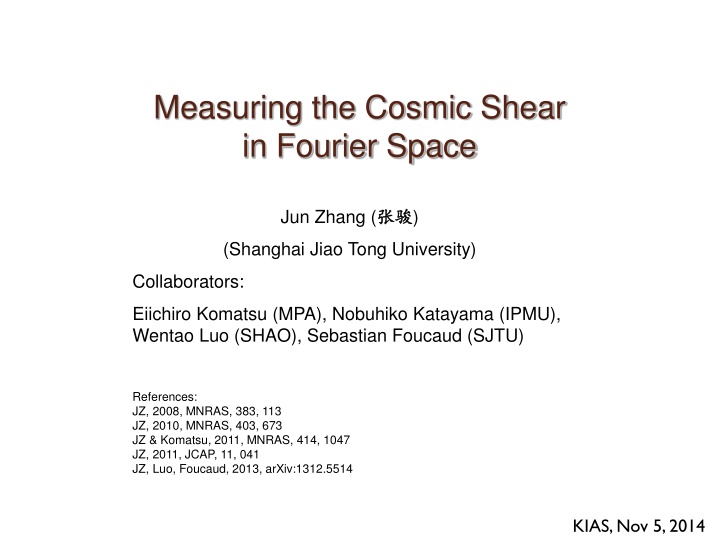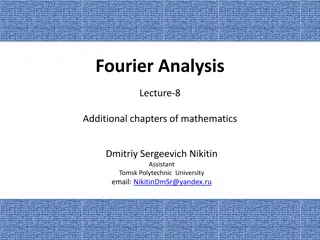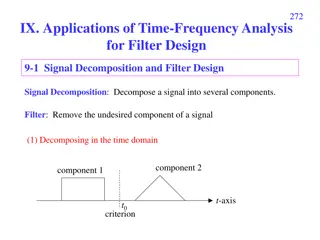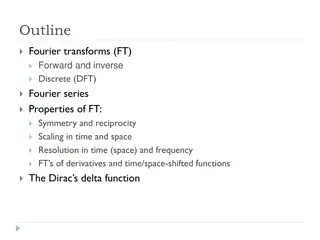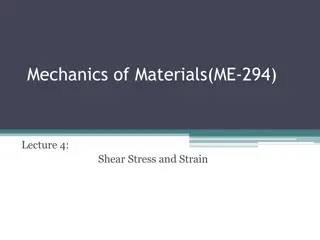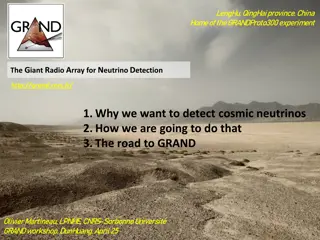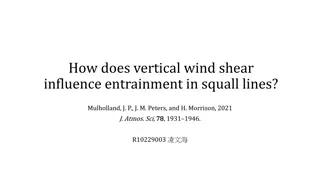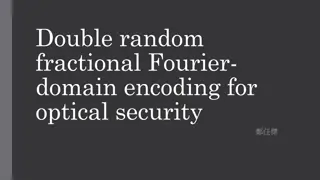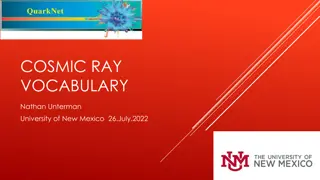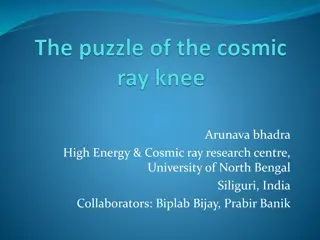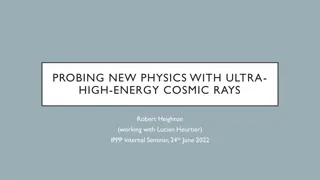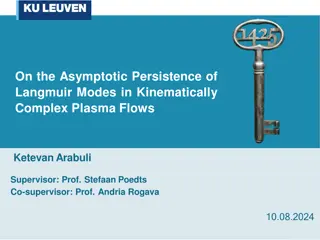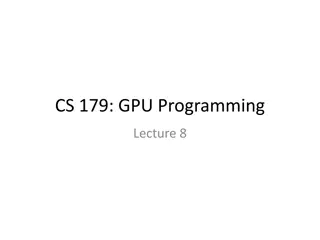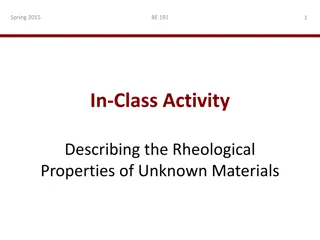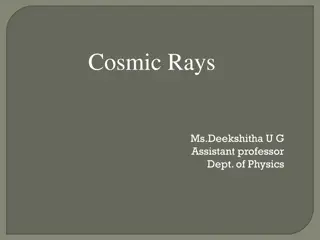Cosmic Shear Measurement in Fourier Space and Its Scientific Goals
Exploring the cosmic shear in Fourier space with a collaborative effort led by Jun Zhang from Shanghai Jiao Tong University sheds light on fundamental scientific questions related to dark energy, the geometry of the universe, General Relativity, cold dark matter, and cosmic structure density distributions. The study presents a novel approach to measuring cosmic shear, addressing key issues and outlining scientific objectives.
Download Presentation

Please find below an Image/Link to download the presentation.
The content on the website is provided AS IS for your information and personal use only. It may not be sold, licensed, or shared on other websites without obtaining consent from the author.If you encounter any issues during the download, it is possible that the publisher has removed the file from their server.
You are allowed to download the files provided on this website for personal or commercial use, subject to the condition that they are used lawfully. All files are the property of their respective owners.
The content on the website is provided AS IS for your information and personal use only. It may not be sold, licensed, or shared on other websites without obtaining consent from the author.
E N D
Presentation Transcript
Measuring the Cosmic Shear in Fourier Space Jun Zhang ( ) (Shanghai Jiao Tong University) Collaborators: Eiichiro Komatsu (MPA), Nobuhiko Katayama (IPMU), Wentao Luo (SHAO), Sebastian Foucaud (SJTU) References: JZ, 2008, MNRAS, 383, 113 JZ, 2010, MNRAS, 403, 673 JZ & Komatsu, 2011, MNRAS, 414, 1047 JZ, 2011, JCAP, 11, 041 JZ, Luo, Foucaud, 2013, arXiv:1312.5514 KIAS, Nov 5, 2014
Outline: Introduction & Motivation A New Idea of Measuring Cosmic Shear Some General Issues Summary
Outline: Introduction & Motivation A New Idea of Measuring Cosmic Shear Some General Issues Summary
Image credit: Wittman et al. (2000) Credit: Hoekstra & Jain (2008) Credit: Clowe et al. (2006)
The Scientific Goals of Weak Lensing Is dark energy simply a cosmological constant? What is the geometry / curvature of the Universe? Is General Relativity the correct theory of gravity on cosmic scales? How cold is cold dark matter? What are the density distributions / profiles of cosmic structures (Galaxies, Groups, Clusters, etc.) at different scales? ... ...
Outline: Introduction & Motivation A New Idea of Measuring Cosmic Shear Some General Issues Summary
Subaru HSC LSST DES Opportunities & Challenges EUCLID WFIRST Pixelation Noise Lensing PSF
Heymans et al., 2006, MNRAS, 368, 1323 Massey et al., 2007, MNRAS, 376, 13 Bridle et al., 2009, Annals of Applied Statistics, 3, 6 Kitching et al., 2011, Annals of Applied Statistics, 5, 2231 Mandelbaum et al., 2014, ApJS, 212, 5
Outline: Introduction & Motivation A New Idea of Measuring Cosmic Shear Some General Issues Summary
The Pixelation Effect Image source: internet
The Pixelation Effect Moffat PSF Gaussian PSF FWHM of both PSF = 12
The Pixelation Effect Equivalent toWhittaker Shannon (sinc) interpolation Moffat PSF Gaussian PSF FWHM of both PSF = 12
The Fourier-Space Shear Estimator JZ, 2010
The Source Poisson Noise Example: (Stacked Power Spectrum of Selected SDSS sources)
Dithering, MultiDrizzle A. M. Koekemoer, A. S. Fruchter, R. Hook, W. Hack, 2002 HST Calibration Workshop, 337
Dithering: non-flat noise PS COSMOS Source: Koekemoer et al. 2007 Non-flat noise power spectrum
Dithering: non-flat noise PS COSMOS Ave of PS of sources with Mag >25 Non-flat noise power spectrum
Test Result II JZ, Luo, Foucaud, 2013
http://great3.projects.phys.ucl.ac.uk Galaxies PSF
Outline: Introduction & Motivation A New Idea of Measuring Cosmic Shear Some General Issues Summary
Reduced Shear Form of Shear Estimator Image Quality in Fourier Space PSF fitting
Reduced Shear If one plans to calibrate the multiplicative factor a+b , one should pay attention to its dependence on , which, though, is not known a priori in observations.
Reduced Shear Theorem: , JZ, 2011
Form of Shear Estimator Conventional Form: New Form:
Form of Shear Estimator Nonnegative Order One Conventional Form: ~ 0 for faint sources New Form:
Image Quality in Fourier Space Bad images Good images SDSS
Last, but not the least How are we limited by the shape noise?
Outline: Introduction & Motivation A New Idea of Measuring Cosmic Shear Some General Issues Summary
Summary We find that it has many advantages to measure the cosmic shear using the image power spectrum in Fourier space It corrects for PSF model independently, with simple and rigorous math; Effects due to photon noise is removed statistically, including images processed/combined with Multidrizzle Accurate to the second order in shear/convergence Pixelation effect is not important as long as the pixel size is less than 1/3 of the FWHM of the PSF (no dithering case); No need to identify the centroid of the image Fast image processing < 10-2 CPU seconds/Galaxy; S / N per galaxy Increased; Immune to misidentification of stars as galaxies.
Summary The remaining problems are: Measurement of the PSF Galaxy weighting Measurement of the correlation functions of shear Theoretical prediction accuracy ... ...
